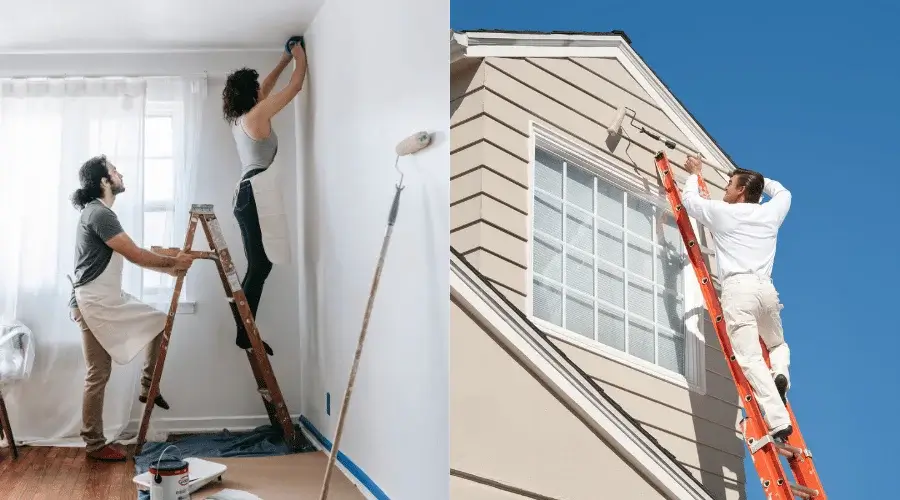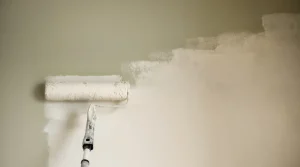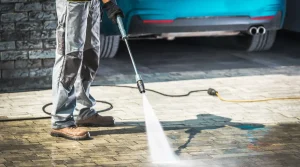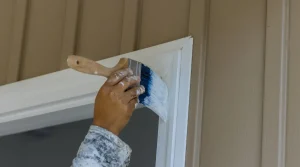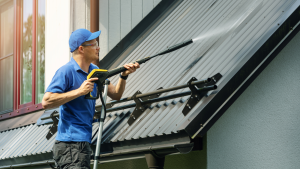When it comes to giving your living spaces a fresh new look, choosing the right paint is a crucial decision. Whether you’re revamping your cozy living room or sprucing up your home’s exterior, understanding the distinctions between interior and exterior paints is key to achieving the desired aesthetic and longevity. In this article, we will look into the main differences between interior and exterior paint, explore the implications of using the wrong type, and answer the burning question: Can you use interior paint on exterior surfaces?
Elevate your home’s aesthetic with our expert house painting services. Quality and color harmonize seamlessly – choose New City House Painters for a masterpiece transformation
Understanding the Difference
The primary dissimilarity between interior and exterior paints lies in their formulations, catering to the unique challenges each setting presents. Interior paint is designed to withstand factors like regular cleaning, stains, and abrasions, as these are common issues within the home. On the other hand, exterior paint is crafted to endure harsh weather conditions, UV rays, temperature fluctuations, and moisture. This fundamental discrepancy ensures that each type of paint excels in its intended environment.
Consequences of Using Exterior Paint Indoors
Imagine a scenario where the crisp exterior paint you used on your front door finds its way into your living room. While the vibrant color might initially seem appealing, the consequences could be far from ideal. Exterior paint typically contains additives and chemicals that help it resist weather elements, making it less suitable for indoor spaces. The pungent odor emitted by exterior paints, a result of these additives, can linger for an extended period indoors, causing discomfort and potential health issues.
Additionally, exterior paints often take longer to dry, which can be impractical for indoor projects where a quick turnaround is desired. The durability of exterior paint may also lead to a more complex finish, making it less forgiving on indoor surfaces prone to dents and dings.
Can Interior Paint Be Used Externally?
While the flexibility of interior paint might make it tempting to use on the exterior, this decision is not without consequences. Interior paint lacks the robust protective features present in its exterior counterpart, rendering it vulnerable to the elements. Exterior surfaces are exposed to rain, sun, snow, and temperature fluctuations, which can cause interior paint to fade, peel, or crack over time.
Moreover, interior paint may not resist mildew and mold growth, which is a common issue in outdoor environments. With the appropriate protective elements, the longevity of your paint job on exterior surfaces may be maintained, leading to more frequent maintenance and repainting.
In the colorful world of home improvement, the choice between interior and exterior paint holds more significance than meets the eye. Selecting the right type ensures an aesthetically pleasing outcome and longevity and durability tailored to the specific demands of each environment.
Using exterior paint indoors or interior paint outdoors might seem like a convenient shortcut, but the consequences can outweigh the initial benefits. The unique formulations of each paint type are engineered to tackle the challenges presented by their designated spaces, ensuring that your investment stands the test of time.
In conclusion, it’s crucial to respect the intended use of each paint variant. Interior and exterior paints are not interchangeable, and attempting to do so may result in a less-than-optimal outcome. So, the next time you embark on a painting project, remember that the right paint, in the right place, can transform your space into a masterpiece that stands up to the elements and the test of time.

